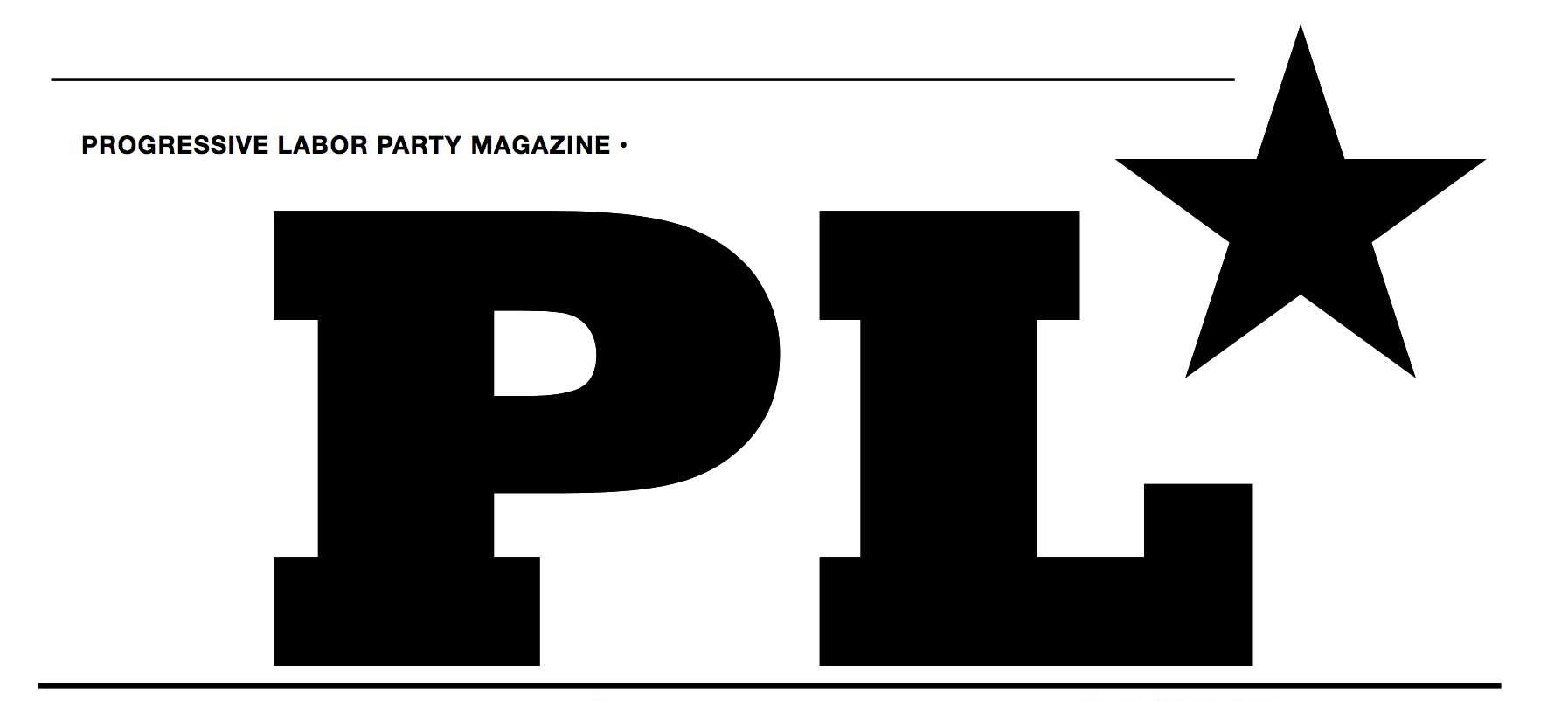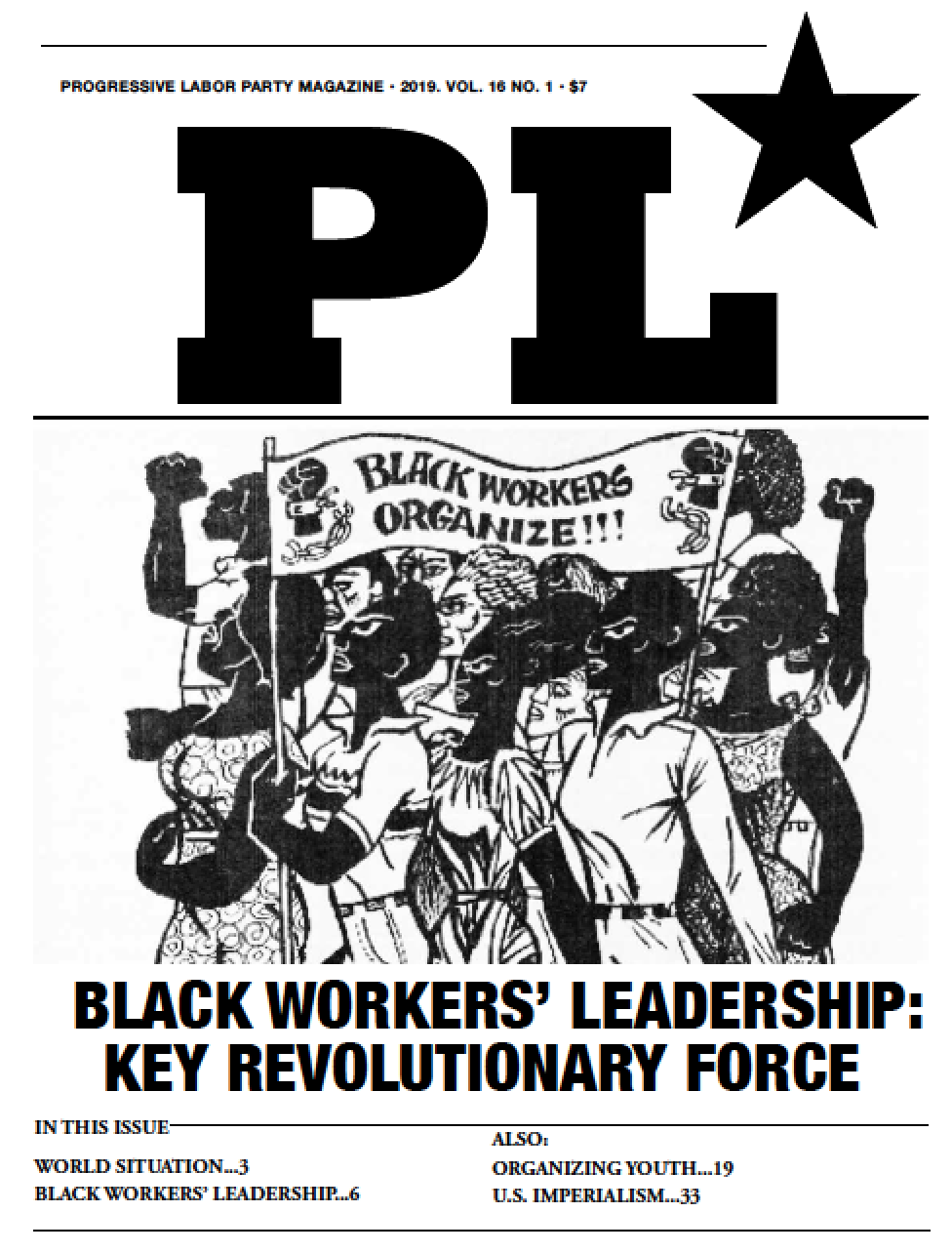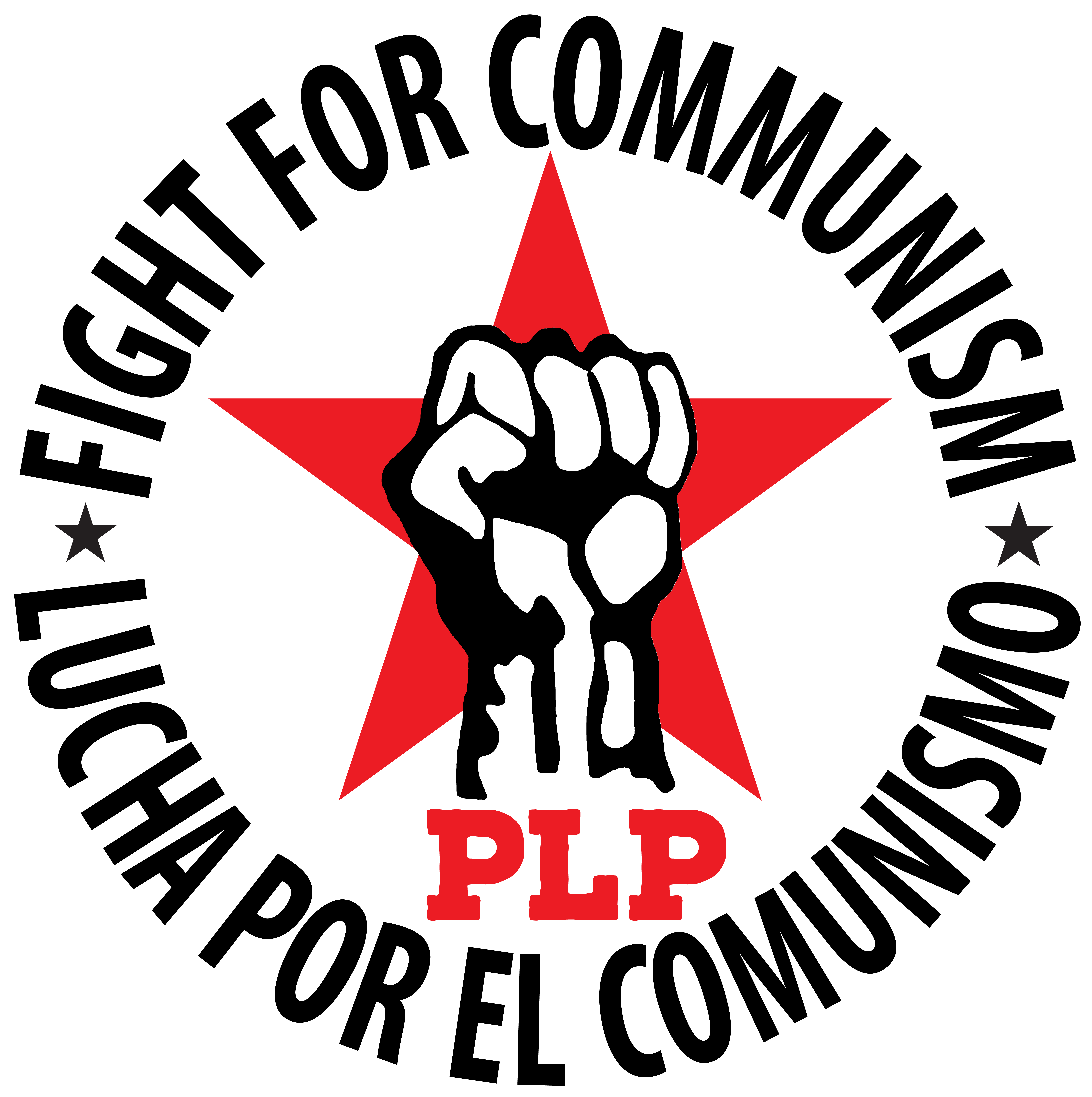The Real Causes of the Ukraine Famine
 Friday, March 14, 2014 at 6:36AM
Friday, March 14, 2014 at 6:36AM When the massive famine of 1932-33 took hold, the Soviet leadership had no choice but to take grain from peasants in the countryside and redistribute it in a more egalitarian manner, as well as to feed the cities and the army. Excesses or cruelty occurring during collectivization resulted from errors in carrying out the plan; unevenness in the abilities of the tens of thousands of activists; the response of the peasants themselves; and attacks from kulak landowners. All were faced with a terrible situation under drastic conditions. Many people would inevitably die of starvation.
Two bogus explanations of this famine — known to Ukrainian nationalists as the “Holodomor” — have gained wide acceptance. The nationalists claim that Joseph Stalin and the Bolshevik leadership withheld grain from Ukrainian peasants in order to export it, or that they deliberately starved Ukrainian peasants to suppress the peasants’ strivings for independence.
Another distorted interpretation — the official position of the state capitalist Russian government — states that the famine was caused by the collectivization of agriculture, which led to disruptions, mismanagement, and peasant rebellion. This is the official position of the Russian government. There is no evidence to support any of these contentions.
A Mythical Genocide
Cynically modeled on the Jewish Holocaust, the “Holodomor” originated in the Ukrainian diaspora, particularly among those who had fought alongside the Nazis and fled with German troops to the West as the Red Army advanced. In true Nazi fashion, early proponents of this “deliberate famine” myth blamed the Jews for it.
When Ukraine became independent in 1991, these forces flooded into the country and took a dominant role in historical and ideological discussions. They celebrated the Ukrainian “freedom fighters,” who were guilty of mass murders of Jews, Poles, and Soviet citizens.
The “Holodomor” story was politically motivated from the start. Officially adopted by the Ukrainian state, it is now taught compulsorily in schools and promoted by Ukrainian academics. In fact, the main causes of the 1932-33 famine were environmental: drought in some areas; excessive rainfall in others; and plagues of crop diseases, insects, and mice that destroyed the crops. Weeds were widespread, caused by a shortage of labor due to population flight to towns and cities and the weakness of the remaining peasants, many of whom were starving. Labor shortages left much of the land unplanted or unharvested.
Many horses, the main animals used for plowing, had been lost or severely weakened by an earlier famine in 1931-32. Although the Soviet state imported and manufactured some tractors, they were insufficient to overcome the loss of horses. And much of the land had been planted with grain for year after year, resulting in soil exhaustion that reduced fertility.
As a result of all of these factors, the harvest was so small that the food available in the Soviet Union could not meet the needs of its population.
The Soviet leadership failed to fully understand the environmental causes, nor did local Party leaders. They tended to overemphasize human factors like mismanagement, faulty leadership, and peasant resistance and kulak sabotage. Nevertheless, the Soviet government greatly reduced its grain exports to support the population in Ukraine and elsewhere. It also began to ship aid in food and seed to Ukraine and other hard-hit areas.
Many peasants who hated the kolkhozy (collectivized farms) nevertheless worked hard on them. Many other peasants worked willingly throughout this period and sided with the socialist system. On the whole, peasants accepted collectivization.





 Progressive Labor Party (PLP) fights to destroy capitalism and the dictatorship of the capitalist class. We organize workers, soldiers and youth into a revolutionary movement for communism.
Progressive Labor Party (PLP) fights to destroy capitalism and the dictatorship of the capitalist class. We organize workers, soldiers and youth into a revolutionary movement for communism.




Reader Comments